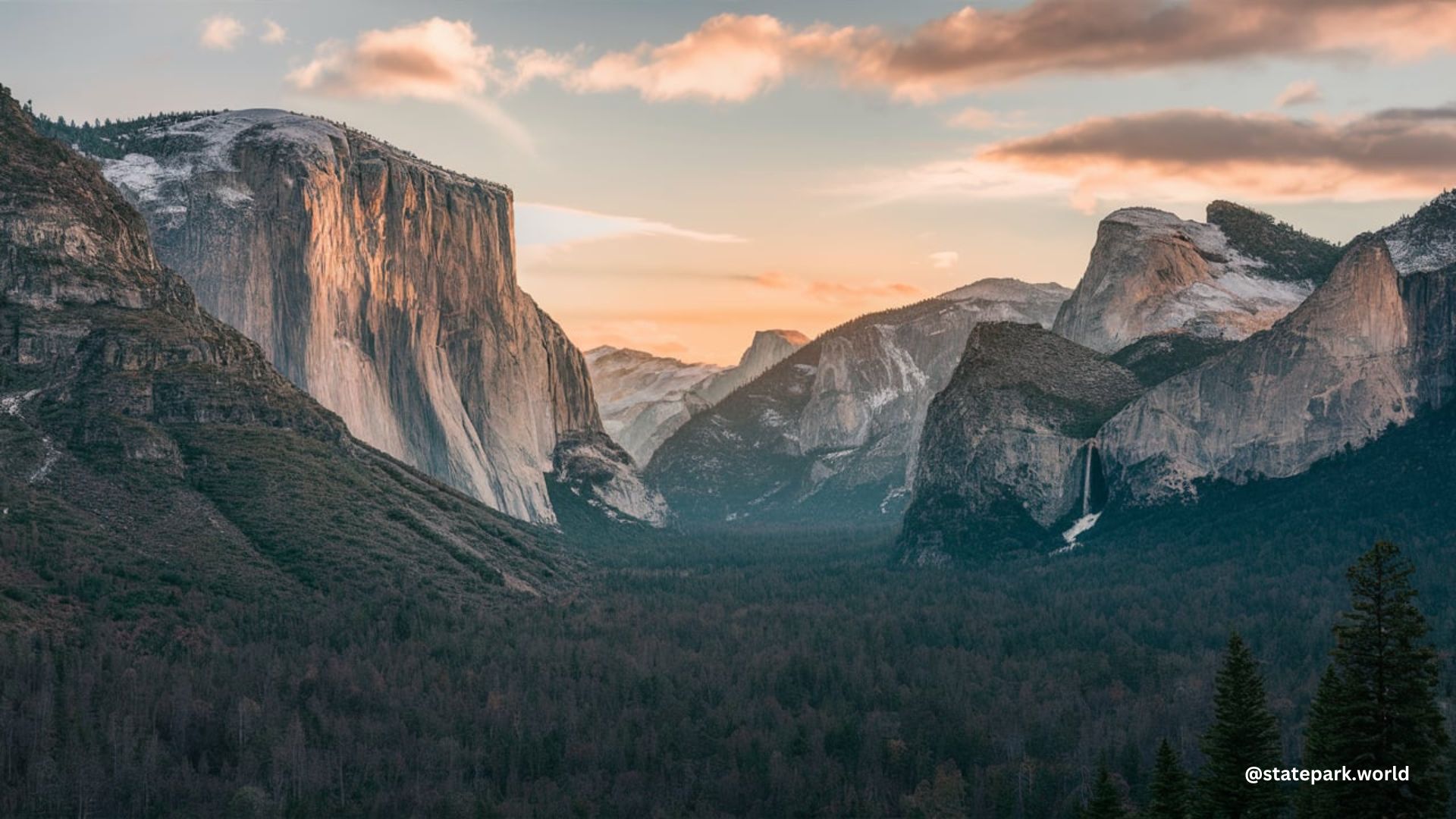Yosemite National Park in March offers a unique blend of winter and spring, with a range of activities and sights to explore. From snow-covered landscapes to the first signs of nature’s awakening, this off-season visit to the park provides a peaceful and uncrowded experience for visitors.
Exploring Yosemite’s Trails in March
Despite the winter weather, several hiking trails in Yosemite are open and accessible during March. Some of the popular options include:
- Lower Yosemite Falls: This easy, paved trail offers stunning views of the iconic Yosemite Falls, which may still be partially frozen in March.
- Mirror Lake: This serene, reflective lake is a popular destination, and the trail is often less crowded in the off-season.
- Bridalveil Fall: The short, paved trail to this picturesque waterfall is open year-round, providing a beautiful sight even in the winter months.
- Vernal Falls Footbridge: The Mist Trail, leading to the Vernal Falls Footbridge, can be hiked in March, though trekking poles and snowshoes may be necessary for the icy sections.
Backcountry Exploration and Winter Sports

While backpacking options are limited during the off-season, visitors can still enjoy a variety of winter sports and activities in Yosemite:
- Cross-Country Skiing: The Yosemite Ski and Snowboard Area offers groomed trails for cross-country skiing, allowing visitors to explore the park’s snowy landscapes.
- Downhill Skiing and Snowboarding: The Badger Pass Ski Area, located within Yosemite, provides downhill skiing and snowboarding opportunities.
- Snowshoeing: Visitors can explore the park’s backcountry trails on snowshoes, which are recommended for trickier terrain.
- Sledding and Snow-Men-Building: Curry Village offers a designated sledding area, and the park’s snowy landscapes provide ample opportunities for building snowmen.
Accessing Yosemite in March
Yosemite Valley and Wawona are accessible by personal vehicle year-round, but there are some internal road closures to be aware of:
- Tioga Road: This road is seasonally closed from mid-November until mid-April, limiting access to the eastern part of the park.
- Glacier Point Road: The road to Glacier Point is closed from November until mid-April, with the exception of the snow-plowed path to the Badger Pass Ski Area.
Guided Tours and Sightseeing
For those interested in guided tours, Wildland Trekking offers all-inclusive hikes, allowing visitors to relax and enjoy the area without worrying about planning or figuring out details. Some of the must-see sights in Yosemite during March include:
- Tunnel Overlook: This viewpoint offers a stunning panoramic view of Yosemite Valley, including the iconic Half Dome.
- Mariposa Grove: This grove of giant sequoia trees is a breathtaking sight, even in the winter months.
- Yosemite Valley Chapel: This historic chapel, dating back to the 19th century, is a beautiful and serene spot to visit.
- Granite Monoliths: Iconic landmarks like Half Dome and El Capitan can be admired from various viewpoints throughout the park.
Unique Experiences in Yosemite in March
Visiting Yosemite in March offers a unique blend of winter and spring, with a range of activities and sights to explore:
- Winter Sightseeing: The park’s landscapes are transformed by the winter weather, providing a serene and peaceful atmosphere for visitors.
- Outdoor Ice Skating: Curry Village offers an outdoor ice skating rink, allowing visitors to enjoy a winter activity in the heart of Yosemite.
- Solitude and Sunshine: March is considered the “sweet spot” of the off-season, offering fewer crowds and the potential for sunny days.
Conclusion
Yosemite National Park in March is a true winter wonderland, offering a unique blend of activities, sights, and experiences for visitors. Whether you’re interested in hiking, winter sports, or simply taking in the park’s stunning landscapes, March is an excellent time to visit and enjoy the serenity of this iconic destination.
References:
– Visiting Yosemite in March
– Visiting Yosemite in March
– Yosemite in March

